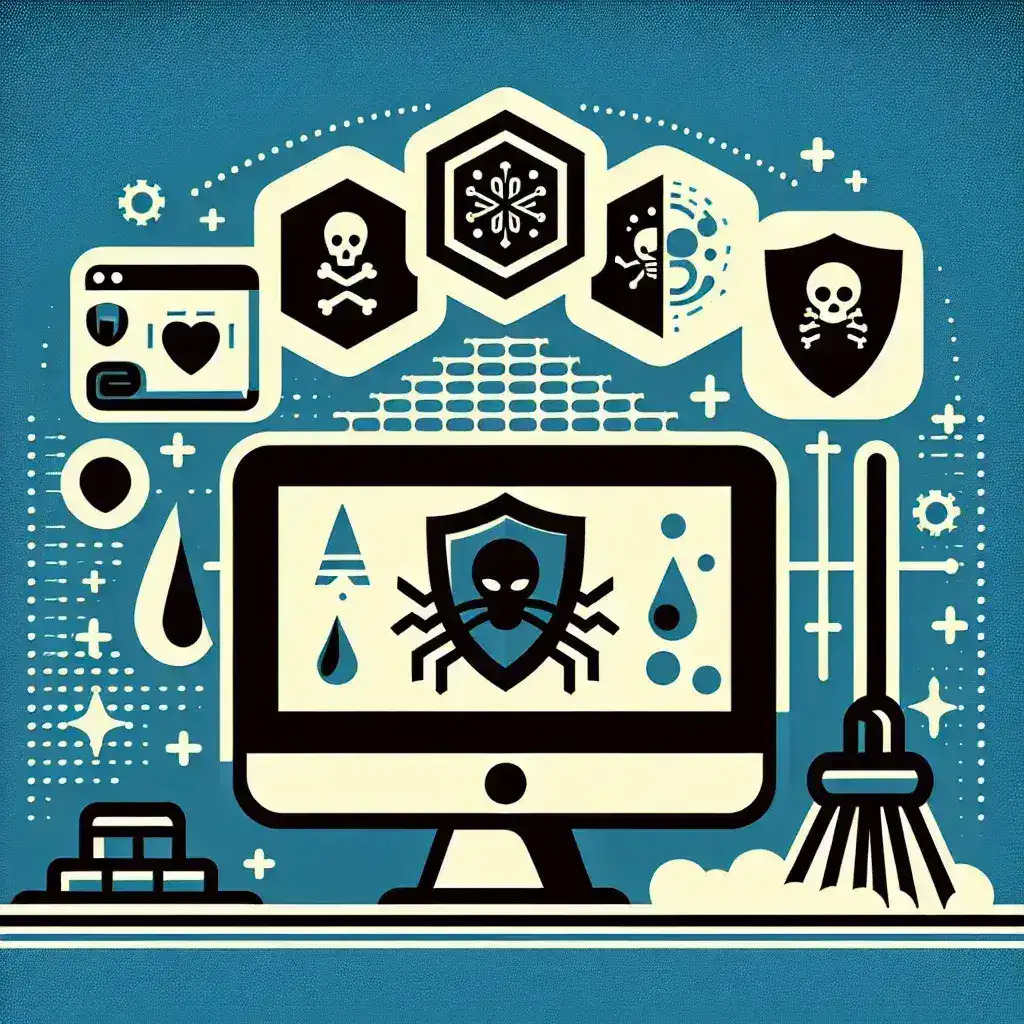Introduction
In today’s digital age, malware poses a significant threat to computer systems. It can disrupt operations, steal sensitive information, and compromise personal privacy. Fortunately, Windows Security provides built-in tools to help users effectively clear malware from their systems. This article will guide you through the steps to use Windows Security to detect and remove malware, ensuring your system remains secure.
Understanding Malware
Malware, short for malicious software, encompasses various harmful programs, including viruses, worms, Trojans, ransomware, and spyware. These programs can infect your computer through downloads, email attachments, or malicious websites. Understanding the types of malware is crucial for effective detection and removal.
Why Use Windows Security?
Windows Security is an integrated antivirus and security tool designed to protect your computer from malware and other online threats. It offers real-time protection, regular updates, and various scanning options. By using Windows Security, you can take advantage of its robust features without the need for third-party software.
Step-by-Step Guide to Clear Malware with Windows Security
1. Keep Your Windows Updated
Before running a malware scan, ensure your Windows operating system is updated. Updates often include security patches that help protect against new threats. To check for updates, follow these steps:
- Click on the Start menu.
- Select Settings.
- Go to Update & Security.
- Click on Windows Update and then select Check for updates.
2. Open Windows Security
To access Windows Security, you can:
- Type Windows Security in the search bar and select the app.
- Alternatively, go to Settings > Update & Security > Windows Security.
3. Run a Quick Scan
Once in Windows Security, you can perform a quick scan to detect immediate threats:
- Select Virus & threat protection.
- Under Current threats, click on Quick scan.
The quick scan will check common areas where malware typically resides. If threats are found, follow the on-screen instructions to quarantine or remove them.
4. Perform a Full Scan
If you suspect a deeper infection, a full scan is recommended:
- In the Virus & threat protection section, click on Scan options.
- Select Full scan and click Scan now.
This scan may take some time, depending on your system’s size and the amount of data. Be patient as Windows Security thoroughly examines your computer.
5. Use Microsoft Defender Offline Scan
If malware persists, consider using Microsoft Defender Offline, which operates outside of Windows:
- In the Virus & threat protection section, click on Scan options.
- Select Microsoft Defender Offline scan and click Scan now.
Your computer will restart and perform a scan before loading Windows. This method is effective against stubborn malware that evades regular scans.
Troubleshooting and Tips
Enabling Real-Time Protection
Ensure that real-time protection is enabled to monitor and block threats as they occur:
- In Windows Security, go to Virus & threat protection.
- Under Virus & threat protection settings, ensure that Real-time protection is turned on.
Periodic Scans
Regularly schedule scans to maintain your system’s health:
- From Virus & threat protection, scroll down to Virus & threat protection updates.
- Check for updates regularly to keep your defenses strong.
Utilize Additional Security Features
Windows Security includes features like:
- Firewall & network protection: Ensure your network is secure.
- App & browser control: Protect against suspicious apps and websites.
- Device security: Monitor hardware security features.
Conclusion
Clearing malware with Windows Security is a straightforward process that can significantly enhance your computer’s safety. By regularly updating your system, running scans, and utilizing Windows Security’s features, you can effectively protect your device from potential threats. Remember, prevention is key; practice safe browsing habits and stay informed about the latest security threats.
Stay Vigilant
As technology evolves, so do the tactics used by cybercriminals. Staying informed about the latest malware trends and utilizing the tools available within Windows Security will help you maintain a secure computing environment. Make malware protection a priority, and don’t hesitate to act swiftly if you suspect an infection.

